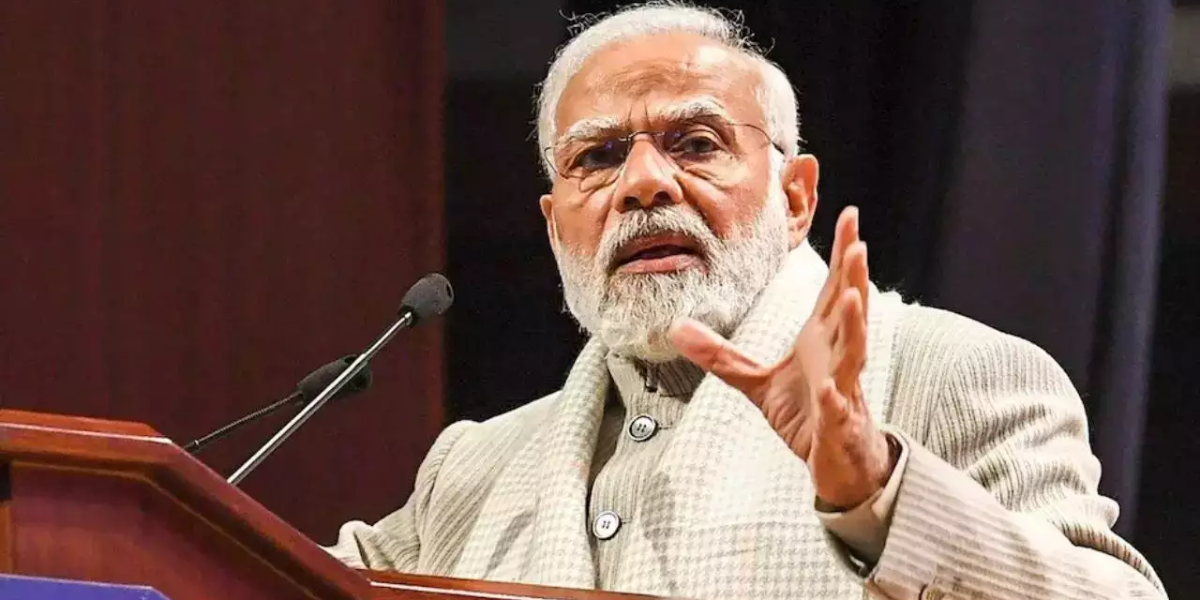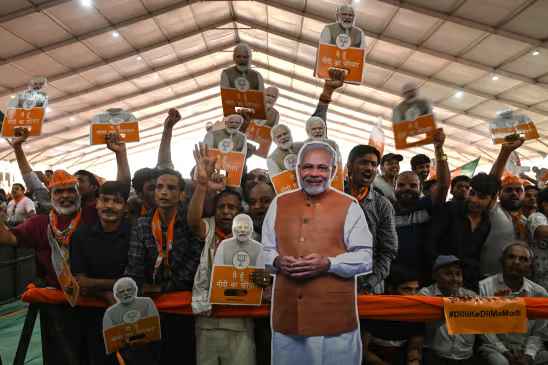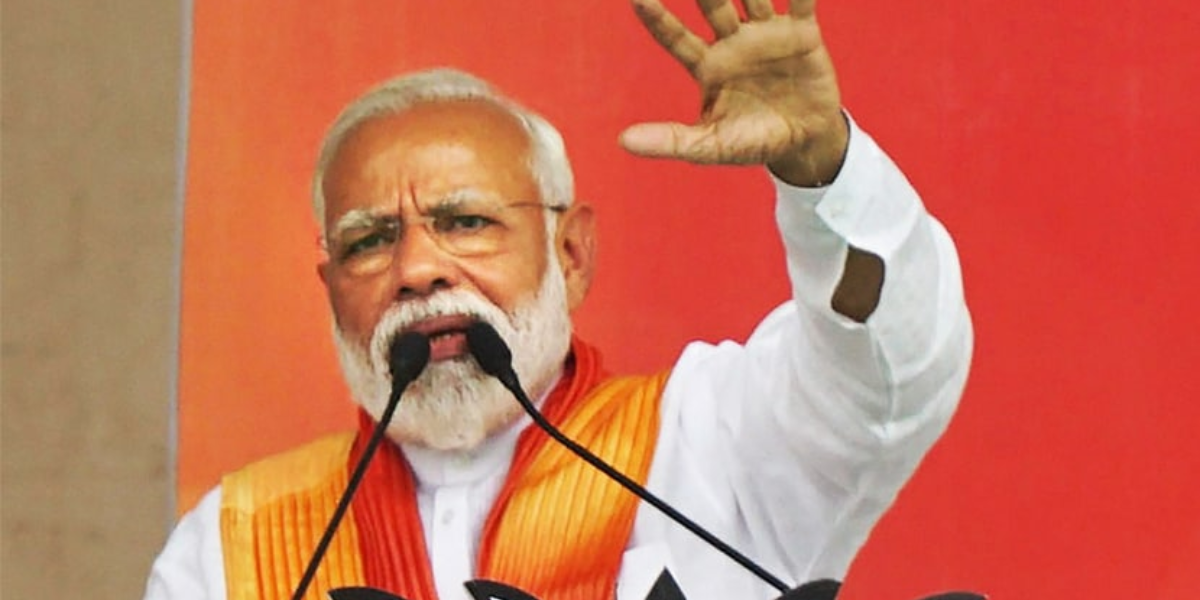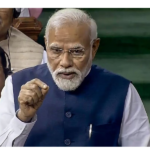As India approaches the final stretch of its election season, the political landscape is intensely charged. Prime Minister Narendra Modi is widely anticipated to secure a rare third term, although his margin of victory is expected to be narrower than in previous elections. This political scenario is contributing to a noticeable pullback in the Indian stock market, presenting a potential opportunity for investors eyeing long-term gains in one of the world’s most dynamic economies.

Election periods in India are often characterized by market volatility, as investors react to the uncertainty surrounding potential policy changes and leadership outcomes. The current pullback in stocks is reflective of this sentiment. Despite Modi’s pro-business stance and a history of economic reforms, the prospect of a tighter election result introduces a layer of unpredictability that has tempered market enthusiasm in the short term.
However, the long-term outlook for the Indian economy remains exceptionally promising. India is on a robust growth trajectory, buoyed by favorable demographics, increasing urbanization, and a rapidly expanding middle class. The country’s youthful population and its growing consumer base provide a solid foundation for sustained economic expansion. Additionally, India’s technological adoption is accelerating, positioning it as a significant player in the global digital economy.
Prime Minister Modi’s tenure has seen significant economic reforms aimed at enhancing the business environment and fostering investment. The implementation of the Goods and Services Tax (GST) has streamlined the tax structure, while the Insolvency and Bankruptcy Code (IBC) has improved the resolution process for distressed assets. These reforms have strengthened the economic framework and enhanced investor confidence.
For investors, the current market correction presents a strategic buying opportunity. Lower stock prices can offer more attractive entry points into high-quality companies poised for growth. Key sectors to consider include technology, pharmaceuticals, consumer goods, and infrastructure, all of which are positioned to benefit from India’s ongoing economic transformation.

The government’s commitment to initiatives such as “Make in India” and significant investments in infrastructure development further bolster the country’s growth prospects. The “Make in India” campaign aims to turn India into a global manufacturing hub, while infrastructure investments are expected to drive substantial economic activity and development. Additionally, the digital revolution, marked by increased internet penetration and the rise of digital payments, offers vast potential for growth, particularly in the tech and fintech sectors.
In conclusion, while the Indian stock market is currently experiencing election-driven volatility, the underlying economic fundamentals and reformative measures indicate strong long-term growth prospects. Investors who take advantage of the current market pullback can position themselves to benefit from India’s ongoing economic rise. The combination of a strategic entry point and the country’s robust growth outlook makes this an opportune moment for investment in the Indian economy.









